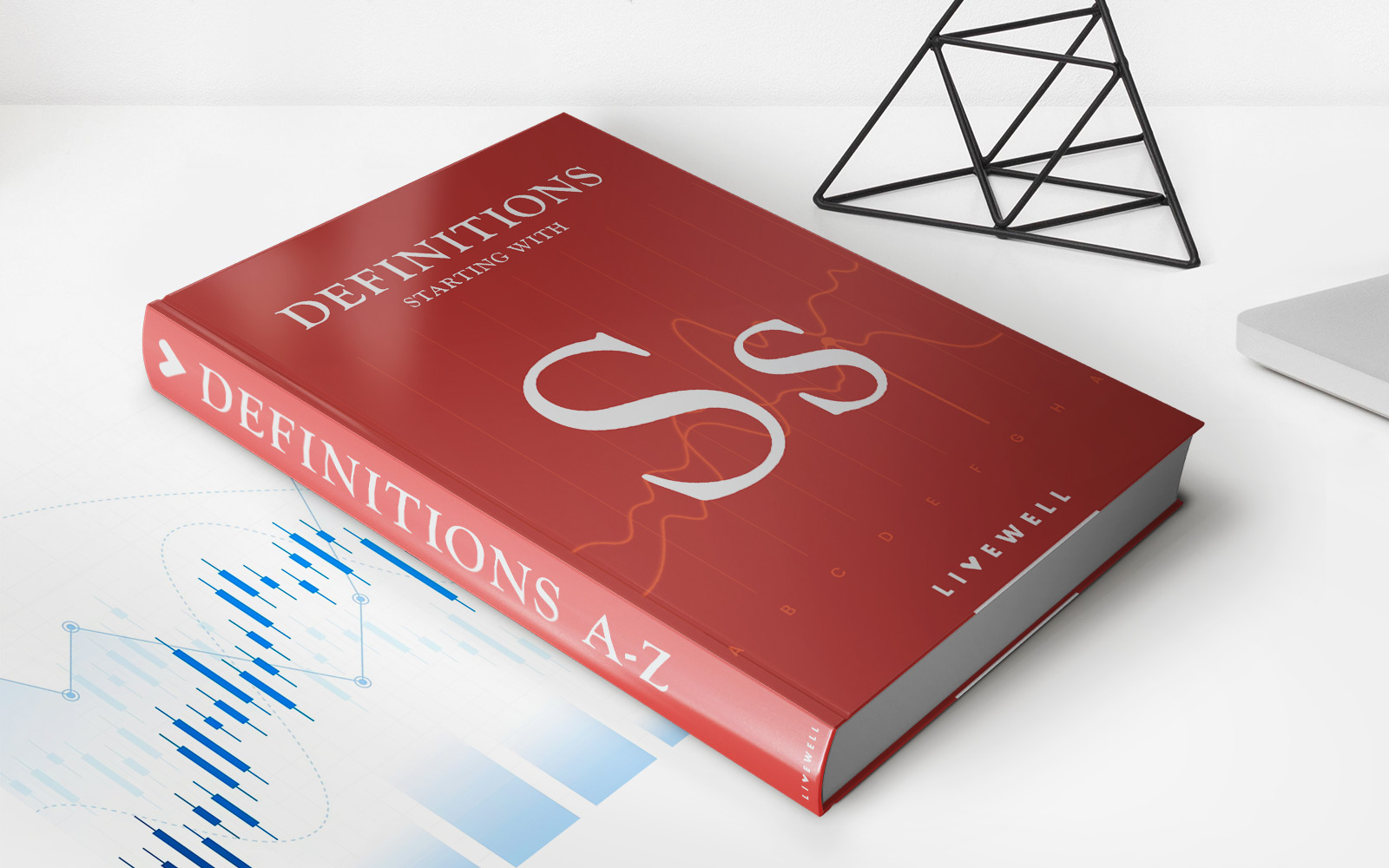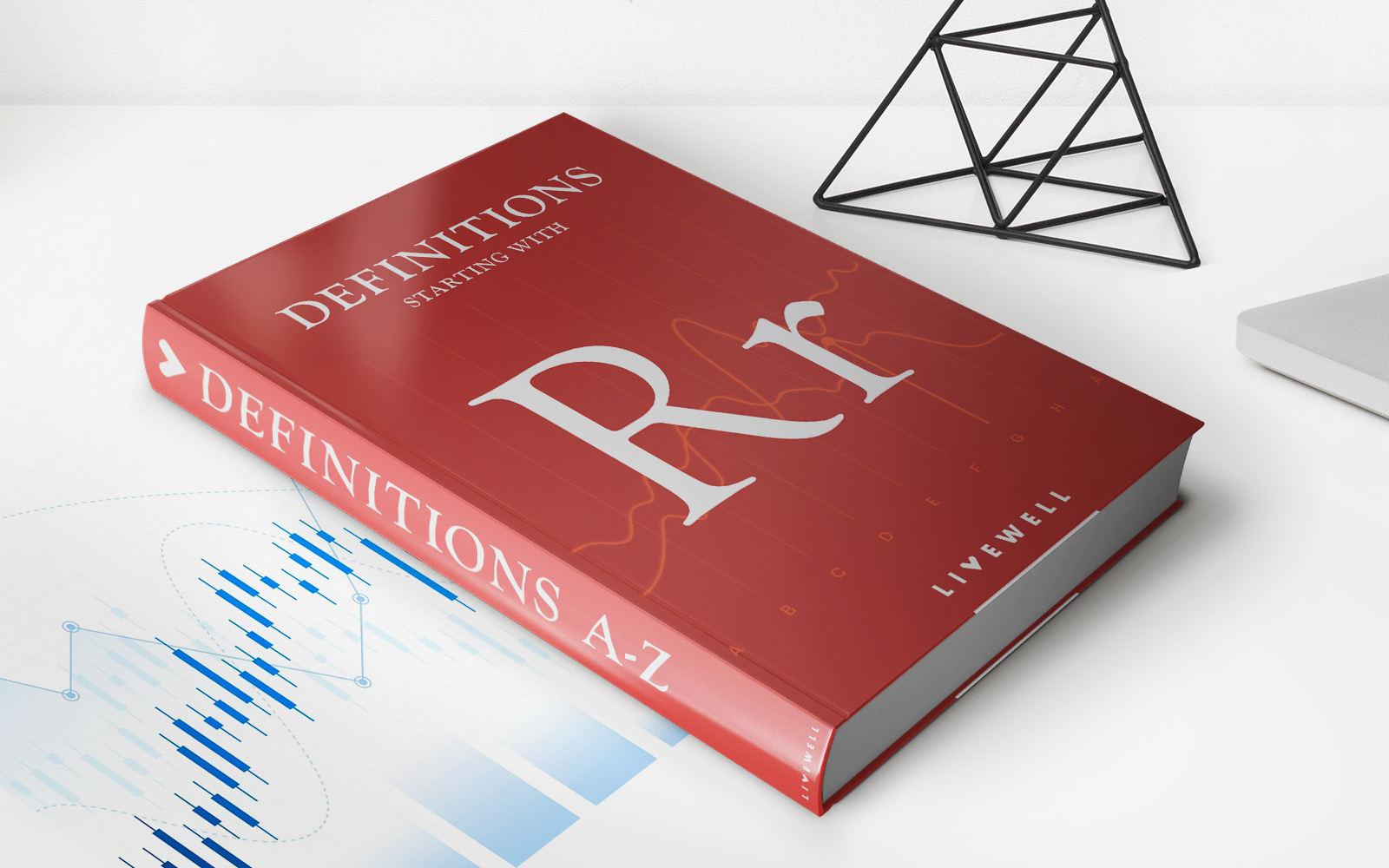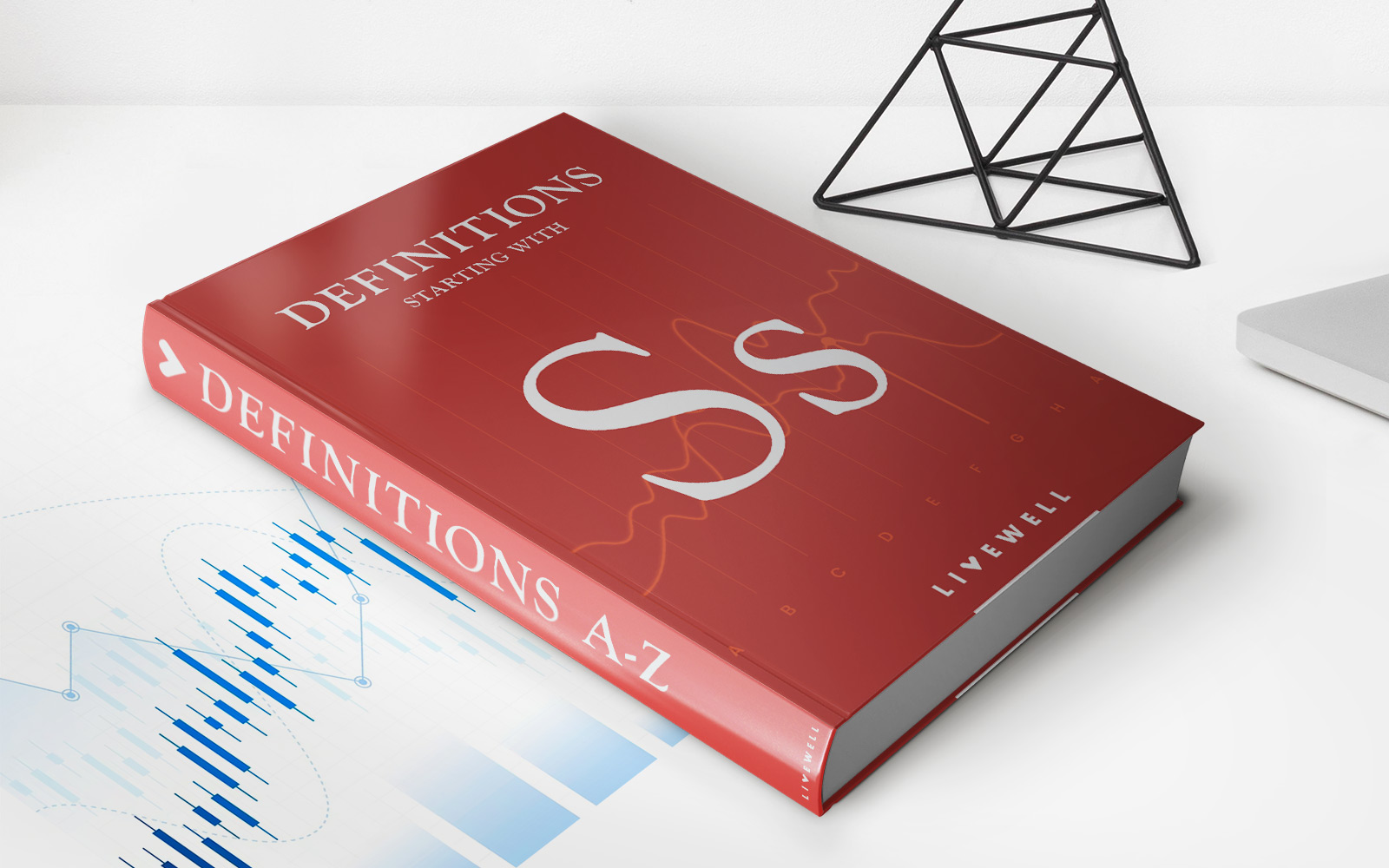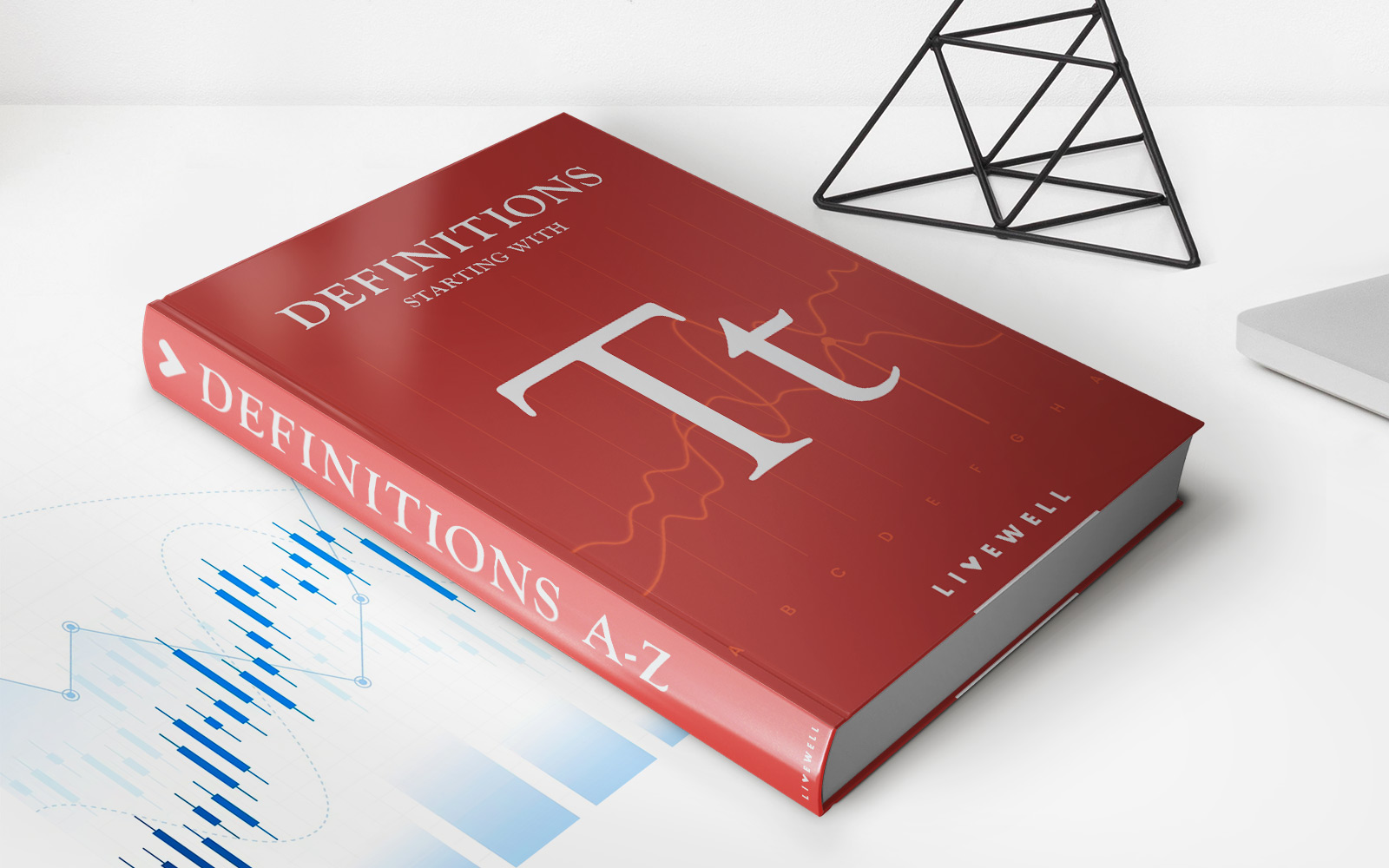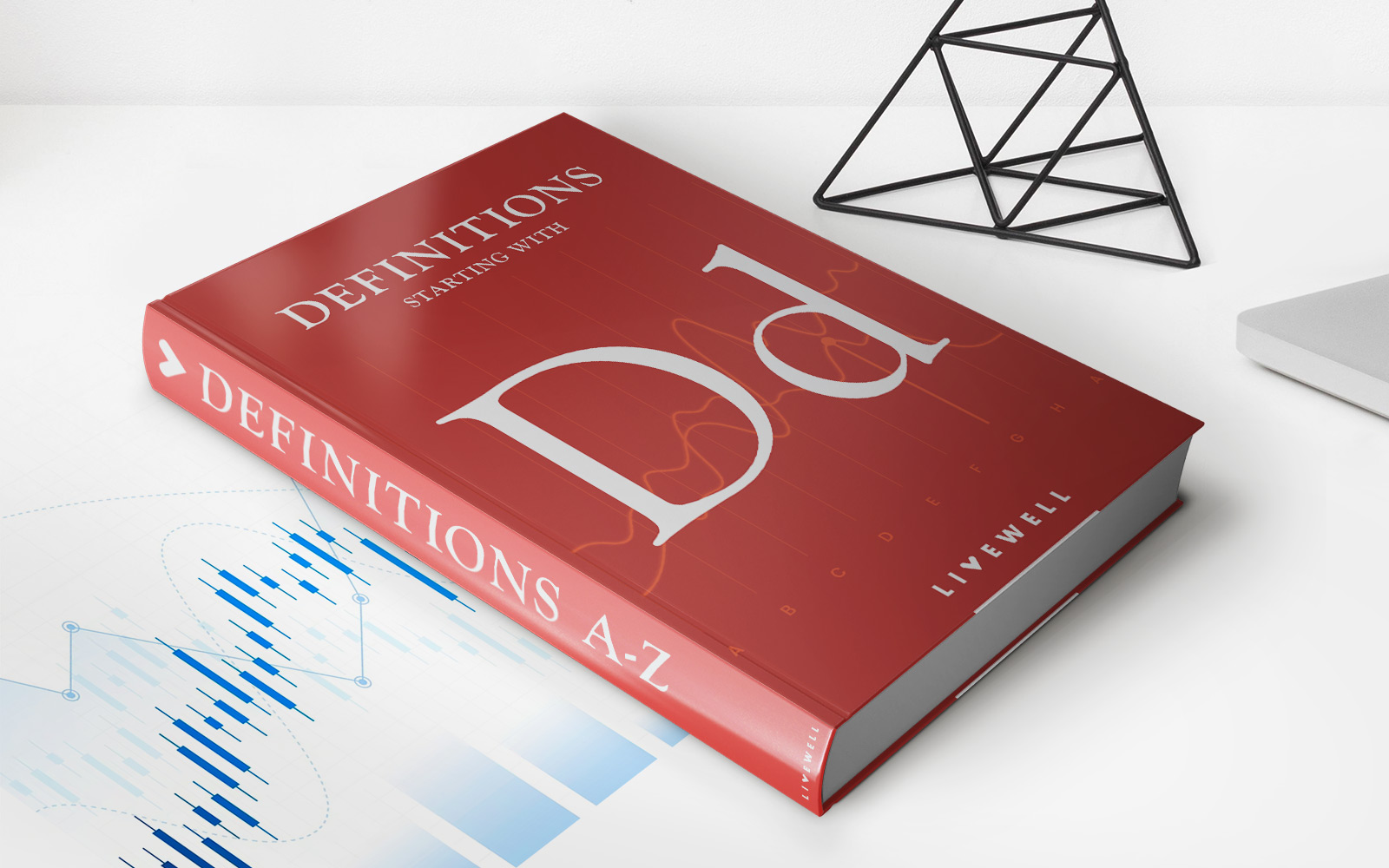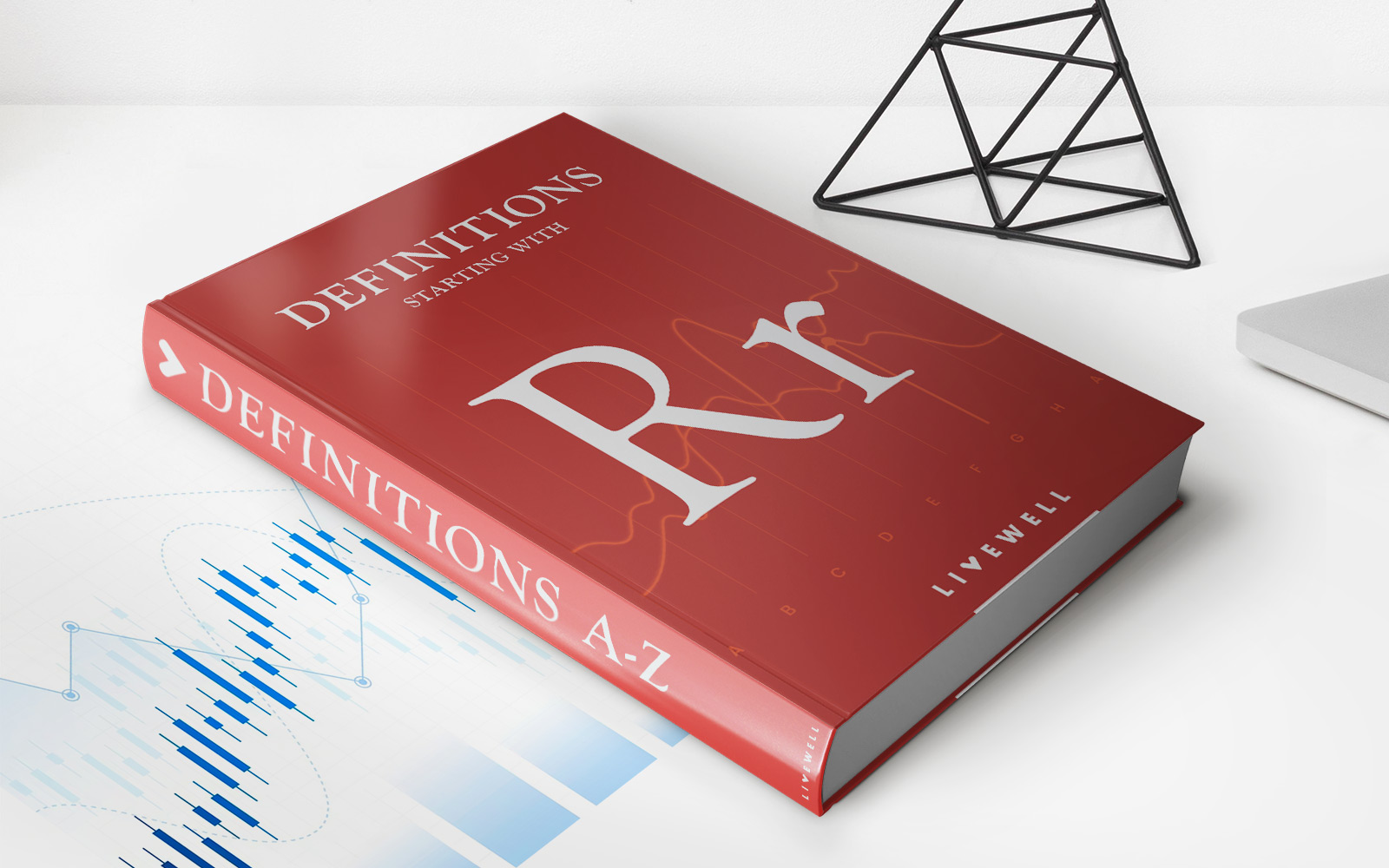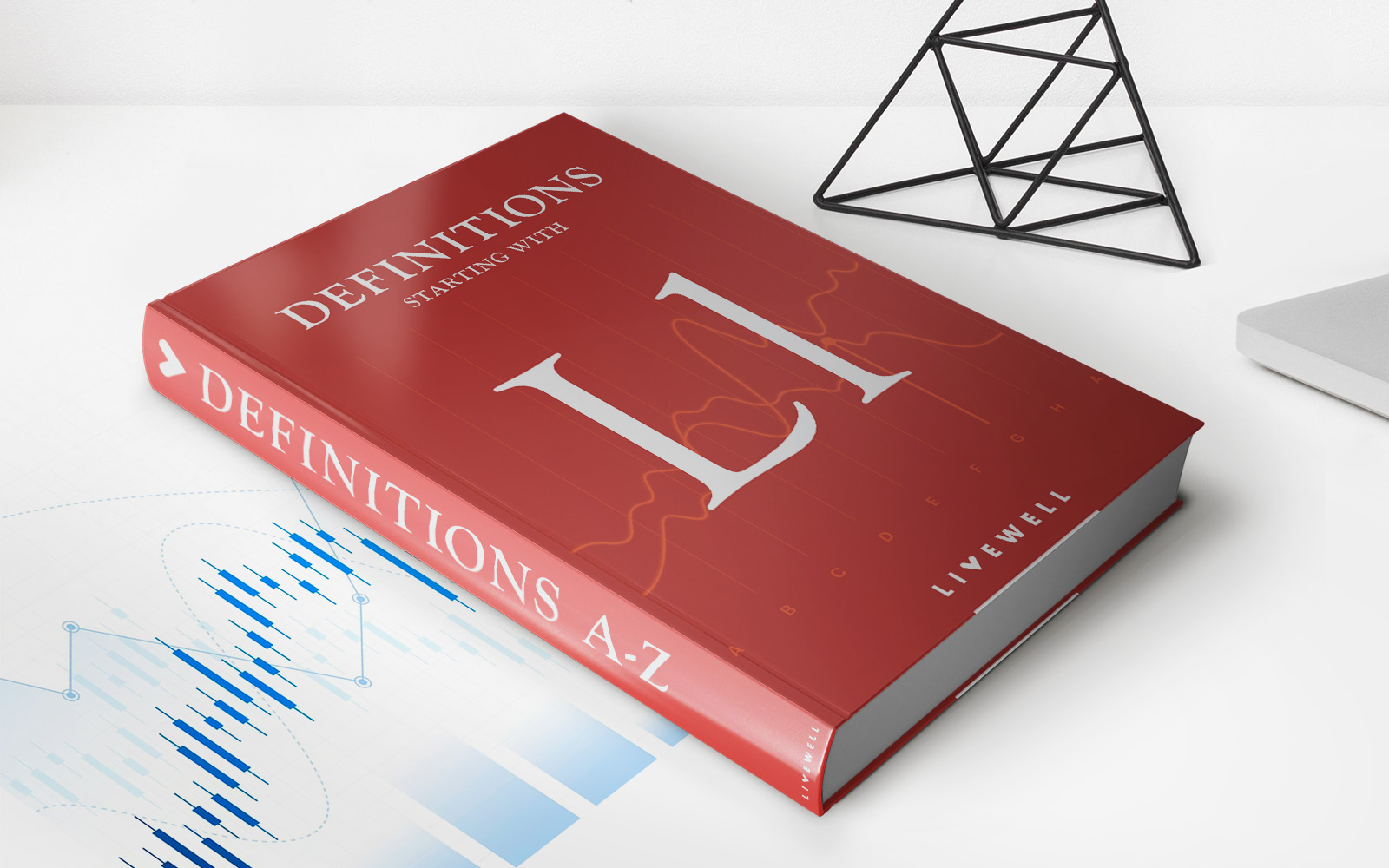Home>Finance>Goods And Services Tax (GST): Definition, Types, And How It’s Calculated


Finance
Goods And Services Tax (GST): Definition, Types, And How It’s Calculated
Published: December 1, 2023
Learn about Goods and Services Tax (GST) in finance. Understand its definition, types, and calculation methods. Enhance your financial knowledge with our comprehensive guide.
(Many of the links in this article redirect to a specific reviewed product. Your purchase of these products through affiliate links helps to generate commission for LiveWell, at no extra cost. Learn more)
Understanding Goods and Services Tax (GST)
As someone managing their finances, it’s vital to have a solid understanding of various taxes that may impact your financial well-being. One such tax is Goods and Services Tax, more commonly known as GST. In this article, we will delve into the definition of GST, explore its different types, and understand how it is calculated.
Key Takeaways:
- GST is a consumption-based tax imposed on the supply of goods and services.
- There are three types of GST found worldwide: Value Added Tax (VAT), Sales Tax, and Goods and Services Tax.
What is Goods and Services Tax (GST)?
GST is a tax levied on the consumption of goods and services. It is designed to replace and consolidate various indirect taxes such as excise duty, sales tax, and service tax, among others. The introduction of GST aims to create a more transparent and efficient tax structure, simplifying the tax compliance process.
GST operates on the principle of “taxing consumption” rather than “taxing income.” This means that the tax is imposed on the final consumer, making it a destination-based tax. It is collected at each stage of the supply chain, but ultimately, the burden lies on the end-consumer.
Types of GST:
1. Value Added Tax (VAT): VAT is the most common form of GST found worldwide. It is applied to the value added at each stage of production or distribution before reaching the final consumer.
2. Sales Tax: Sales tax is a form of GST that is levied on the sale of goods. It is generally applied at a specific rate and is collected by the seller at the point of sale.
3. Goods and Services Tax: Goods and Services Tax, commonly known as GST, is a comprehensive tax levied on the supply of both goods and services. It is implemented in several countries, including India, Canada, and Australia.
How is GST Calculated?
The calculation of GST varies slightly depending on the specific country and its GST legislation. However, the general calculation formula is as follows:
- Determine the GST rate applicable to the goods or services.
- Calculate the taxable value of the goods or services, excluding GST.
- Multiply the taxable value by the GST rate to obtain the GST amount.
- Add the GST amount to the taxable value to get the total price (inclusive of GST).
For example, if the GST rate is 10% and the taxable value of a product is $100, the GST amount would be $10, resulting in a total price of $110.
In Conclusion
Goods and Services Tax (GST) is an important tax to understand when managing your finances. By familiarizing yourself with its definition, types, and calculation methodology, you can make more informed financial decisions and ensure compliance with tax regulations.
Key Takeaways:
- GST is a consumption-based tax imposed on the supply of goods and services.
- There are three types of GST found worldwide: Value Added Tax (VAT), Sales Tax, and Goods and Services Tax.
Whether you’re a business owner or an individual consumer, keeping a grasp on the various aspects of GST will empower you to navigate the financial landscape with confidence.




